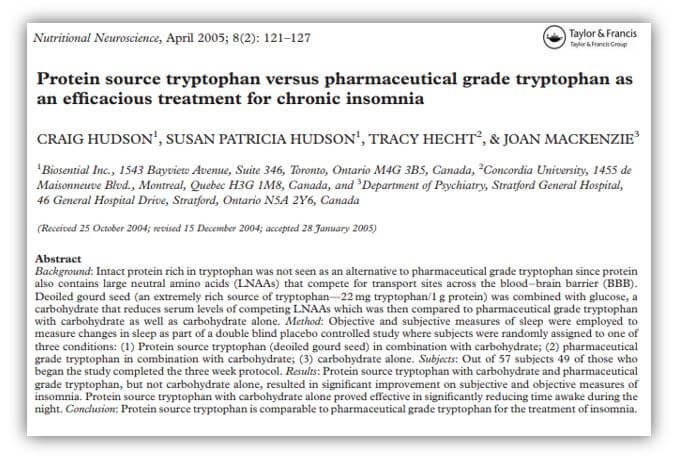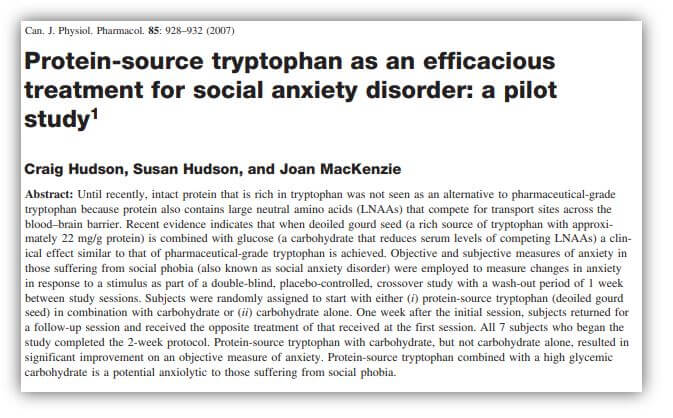What does ‘Clinically Proven’ Actually Mean?

We are inundated with messages about new products daily and the growth appears exponential. The market for health and beauty supplements in the United States currently stands at around $50 billion a year and is not showing any signs of sagging. These new products have to grab your attention in whatever way they can. Many are good innovations, but some are unhelpful if not outright fraudulent. How is the discerning customer to sift through the clever marketing material to decide what is safe and what is credible?
Prove Clinically Proven
It is common for health supplements to boast: “Clinically Proven” in their marketing material. Can they prove it? This may sound impressive but it is important to find out what that really means. A drug must go through many stages of rigorous testing to be approved for license and sale. This takes years and millions of dollars. There is a prescribed path that drug companies must follow in their trials and it isn’t just one test. Drugs have to stand up to four different rigorous trials and if a minimum standard of efficacy and safety are not guaranteed it’s back to the starting line.
Drug Testing Standards
We see this process being fast tracked today in the race for a vaccine to combat Covid-19. In fact, this is raising considerable debate within the scientific community about whether this is a good idea to push the tried and true methods of proving safety and efficacy. These protocols have been developed by clever researchers over many years to remove bias and control for all extraneous variables that might otherwise skew results. These methods are like stamps of approval that are accepted by scientists the world over as proof of concept, safety and validity.
Natural Product Standards
With natural products and dietary supplements, the bar is decidedly lower. They are not required to undergo the same degree of testing and rules vary widely from country to country. In Canada, natural products must apply to Health Canada and submit information to be reviewed and then wait to be able to receive a number that allows them to be sold. In the United States, manufacturers of new dietary supplements need merely write a letter to the FDA to announce the date they plan to go on the market and then must only be sure to print a disclaimer next to any claims saying that the FDA has not evaluated this product.
Zenbev Standards
With Zenbev Drink Mix, we wanted to be sure from the start that we could prove efficacy. The doctor who created Zenbev was a researcher first and it was only natural for him to set the bar high and do proper studies.
Proper Research Design
The gold standard of proper scientific testing is a randomized, double-blind, placebo controlled study. Let’s tackle the placebo part first. This pits your product against one that looks, and seems similar but does not have any active properties. Research subjects get randomly assigned to a group that either gets the testing product or gets a placebo. Subjects don’t know and the actual researchers don’t know who is taking what. This means that the researchers are “blind” to the events so they can’t subtly control the outcomes and those being observed don’t know what group they are in so they can’t fake it. One person indirect to these testing events codes people and their measures, keeping track of the data but does not exert any influence over the outcome. The way studies are set up is called Research Design and this takes a great deal of time to design cleverly, safely and tightly so that the results will have accurate meaning.
Statistics
Once the researchers have completed their study and have all the results they have to be properly evaluated, also by someone who does not have a stake in the outcome. This is preferably a statistician who runs the numbers which prove if the hypothesis was correct or not. The results have to also hit a level that is agreed upon and accepted in science a “significant” result. If it doesn’t, it’s back to the drawing board.
Publishing of Results in Peer-Reviewed Journals
Not only is the design of the study crucial to assessing the reliability and validity of the testing, and the results must demonstrate statistical significance, these results must be scrutinized by leaders in the fields who are independent and have no stake in the outcome. This is what happens when a study is submitted to a reputable journal. In the past 10 years a lot of online journals have cropped up that charge a fee for researchers to have their studies published. A reputable journal does not charge anything and their reputation relies on vetting good quality studies for the advancement of science, not the lining of pockets.
Clinically proven, therefore, must be demonstrated by a well-designed study that was conducted properly, demonstrated significant positive results, was written up and submitted to a proper, peer-reviewed journal and determined to be of scientific merit and value and, only then, published in a proper journal. The Zenbev Drink Mix formulation was studied under these rigorous conditions twice and stands up. This is what ‘Clinically Proven’ actually means. See for yourself. Here are the abstracts which are study summaries that go at the beginning of the published work:




